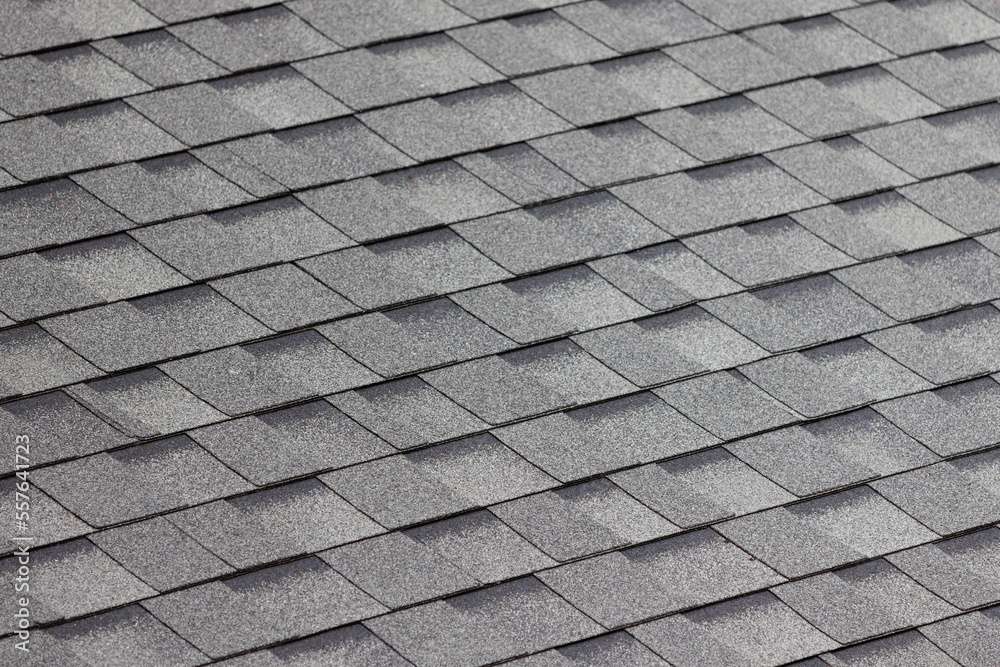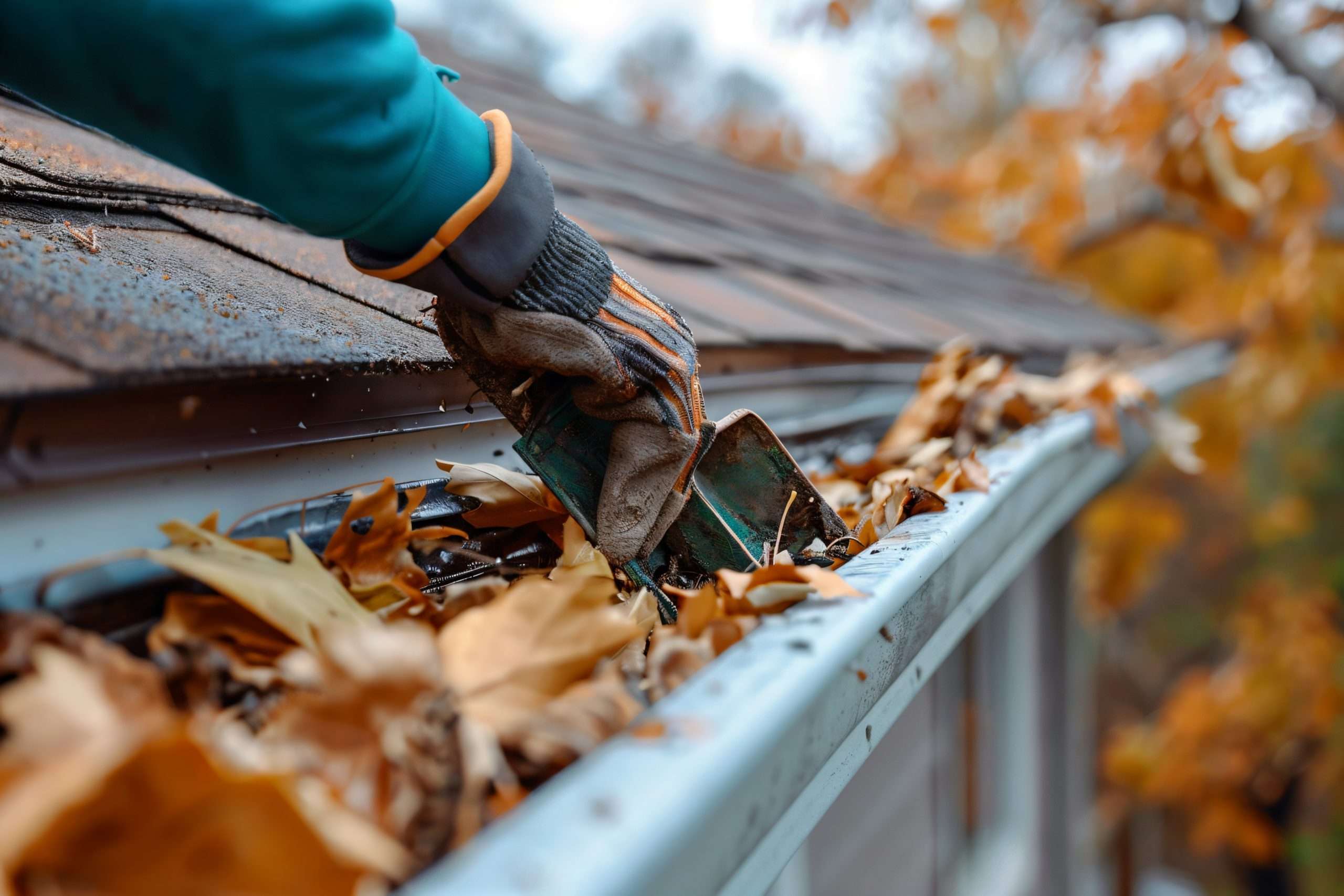As spring arrives and the days grow longer and warmer, it’s the perfect time to give your home some much-needed attention. After a long winter, your roof may be hiding debris, damage, or wear that could lead to bigger problems down the line. Roof maintenance should be part of your annual spring cleaning and here are 7 things you can put on your list to help maximize your roof’s lifespan.
Clear Debris Off Your Roof
Leaves, twigs, branches, and other materials can accumulate and trap water which can lead to mold and mildew growth. Use a soft bristled broom or leaf blower to gently sweep or blow leaves, dirt, and small twigs off the roof surface. Be careful not to damage shingles while doing this.
Check for Moss and Algae
Check the surface of your roof and look for discolored streaks or patches that can indicate signs of moss, algae, or lichen growth which will retain moisture and lead to shingle deterioration. If you notice any growth, wash it off by gently scrubbing with mild detergent or moss killer and water.
Clean Gutters and Downspouts
Rainwater needs to flow properly through your gutters and downspout system, otherwise clogs can cause water to back up and lead to mold damage, rot, interior leaks and even pest infestation. Use a ladder to reach your gutters and remove any debris, such as leaves, twigs, and dirt from the gutters. Then flush with a hose to make sure your downspouts are clear and water flows freely away from your home.
Inspect the Condition of Your Shingles
After cleaning debris from your roof, it’s essential to conduct a thorough inspection for problems. Check for nail pops, granule loss, cracked, curled, loose and missing shingles, or any other obvious wear and tear. Shingles that are curling, cracking, and experiencing granular loss are near or at the end of their lifespan and should be replaced to prevent leaks before they start. On the other hand, nail pops, missing, or lifted shingles don’t necessarily mean you need a new roof, they may be able to be repaired instead. It is a good idea to photograph any problems you may see and contact a professional roofer for solutions.
Examine Flashing and Chimney
Roof flashing is metal installed in areas where shingles butt up against something else such as chimneys, skylights, and walls. Flashing directs water away from these areas that are prone to leaks but can easily pull away from the chimney or your roof, which can create small holes, allowing water and bugs to invade. Ensure that the flashing isn’t rusted, buckled, or damaged to prevent future leaks.
Trim Overhanging Tree Branches
Tree branches hanging over your roof can pose various risks to your property. Branches can scrape against shingles, leading to wear, leaves, twigs, and other debris can accumulate on your roof and in your gutters, and trees can be a haven for pests like rodents and insects (not to mention the threat of a fallen branch during severe storms). Early spring is often the best time to trim trees before new growth begins.
Check the Attic
You can see the wooden foundation of your roof system in your attic but most homeowners don’t take the time to regularly check it for leaks. If there is discoloration to the roof decking, water is getting underneath your roofing materials and soaking through the wood which means stains on your ceiling and walls won’t be far behind. Checking the roof deck for discoloration can catch a leak before it gets bad enough to cause serious damage.
Spring cleaning your roof is a vital step in protecting your home and ensuring its longevity. By following these steps, you can prevent costly repairs and enhance your home’s overall health. So, roll up your sleeves, grab your tools, and make roof maintenance a priority this spring – you’ll be happy you did when summer comes around.


